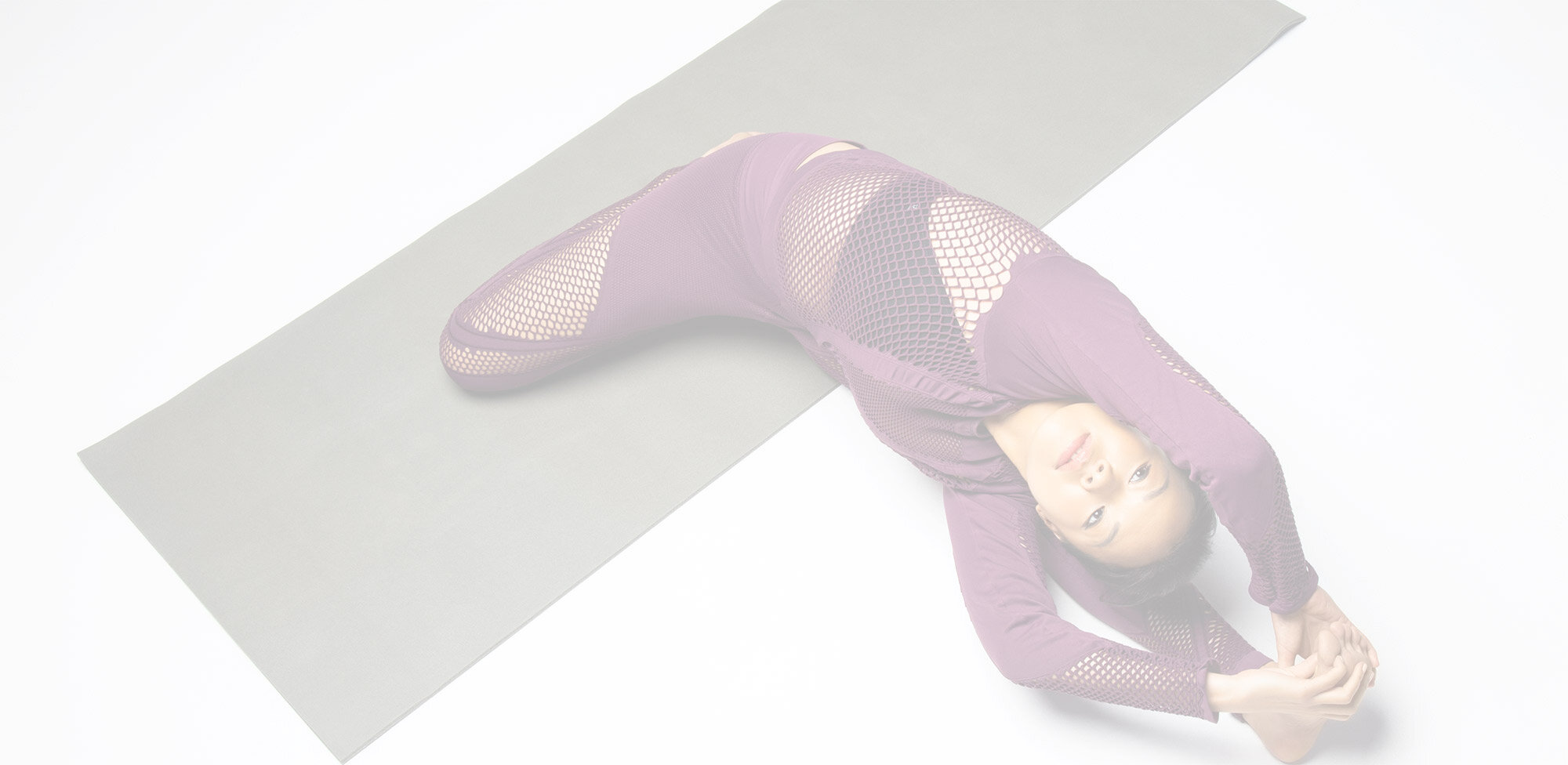“Life experience is our greatest teacher
and what makes us all unique.”
My views and teachings are largely based upon a combination of life observations and the daily study of the following methods.
These practices in turn keep my vision grounded so that I may continue to observe life and its lessons with clarity.
ASHTANGA YOGA
Ashtanga Yoga, is the yoga of 8 [ashta] limbs [anga], whose basis follows the scriptures of sage Pantanjali in ancient times. It is one of the few remaining authentic practices of yoga today that can be traced back to ancient scripture. The eight limbs consist of yama, niyama, asana, pranayama, pratyahara, dharana, dyana and samadhi. This can be translated into moral discipline, observances, postures, breath expansion, inward sensory withdrawal, concentration, meditation and state of ultimate bliss. The first 6 are actions that require our efforts and the last 2 are states that will ultimately follow with those efforts. Yama and niyama are life habits you cultivate on your own, asana and pranayama require a teacher, pratyahara and dharana will occur with some seasoned practice.
Ashtanga Yoga roots follow a direct lineage from Vamana Rishi in to Guru Rama Mohan Brahmachari who taught it to his student Sri T.
Sri T. Krishnamarcharya (1888-1989) who then passed it down to several students, one of which was known as Sri K. Pattabhi Jois (1915-2009). A practice was then created with the aim of integrating as many of the most important concepts from historical yoga teachings into sequences of connected postures to make yoga accessible for all walks of life in society to practice yoga daily, and not only the renunciant spiritual men in the Himalayas.
Ashtanga Yoga is also commonly known as Raja Yoga, the King of all Yogas, being a complete systematic instruction of 8 limbs based upon the Yoga Sutras written over 2000 years ago and incorporates the other 3 schools of yoga Bhakti, Karma & Jnana Yoga within its teachings and philosophy. Its goal to attain inner peace, clarity, self-control and Realisation.
The lineage is now upheld by Paramaguru Sharath Jois (Sharath Yoga Centre SYC), in Mysore, India.
The asana aspect of the Ashtanga practice consists of 3 main components: posture, breath and drishti. Posture is a predetermined body position within a designed sequence that has an inhale or exhale prescribed to it. Hence breath is one of the main ingredients of the Ashtanga trinity, and is to be done freely with sound. Drishti is your gaze, having your eyes rest softly at one point is also an important part of the asana practice to cultivate the skill of focus. All of which you eventually sync together. The purpose of the asana practice is to purify, give strength and flexibility to the body and mind to minimise restrictions to healthy life and capability to sit in a calm manner for later practices in stillness.
From tradition, asana practice is taught to a student by building one posture upon another at a pace specific to the student. In this manner a student will eventually have the sequence committed to memory, and with the guidance of a teacher, will develop into the students own independent journey.
Mysore Style Class
Traditional Ashtanga class as taught in the city of Mysore where Paramaguru Sharath Jois is based, is commonly known elsewhere as Mysore style class. In this class each student works on their own practice at their own pace under the guidance of a teacher. Their practice will constitute sequential postures given to them by the teacher on an individual basis.
Mysore style classes are typically several hours long and students may start at any time as long as they complete their practice before the end of the session. All levels of practitioners are able to attend.
Led Class
These are Sanskrit count classes, where the teacher will count the inhalation and exhalation during movements of the sequence in a series for a synchronised class to learn the correct breathing within the sequence, maintain a higher level of focus and posture names in practice. Led classes have one specific start time and set duration and are only for students with an existing Mysore style practice.
Philosophy
The study of spiritual philosophy is twofold, through reading and listening to discourses exploring the various topics involving the philosophy of life, practice and yoga. These talks bring alternatives to common misconceptions, broaden perspectives and discuss a range of topics from a holistic methods of practice, healthy lifestyles to shifting mindsets for accessing untouchable happiness within.
I urge all Yoga students to explore the teachings off the mat, constantly explore life and find experiment methods that both gain knowledge and open their minds.
Personally I’m thankful to for philosophy guidance from my teachers both in person and thru the legacy they have left behind:
Philosophy Teachers
Vidvan Nagaraja Rao
Eckhart Tolle
Jiddu Krishnamurti
Lao Tzu
Adi Shankara
Ramana Maharshi
I recommend reading to any serious student on the quest to understand life. There is limitless power in which wise words both written and spoken can access the soul. Read words of those you admire and listen closely to the ones who can open your heart and views.
Recommended Reading
The Power of Now by Eckhart Tolle
The Road Less Travelled by Scott M. Peck
Untethered Soul by Michael A. Singer
The Mirror of Yoga by Richard Freeman
Celestine Prophecy by James Redfield
Yoga Sutras of Patanjali by Edwin F. Bryant
The Bhagavad Gita by Eknath Easwaran
Tao the Ching by Lao Tzu
Stillness
Move. Read & Listen. Then finally pause. Great shifts in state of mind and quality of life have come from daily sitting practice. There is no need to set a time goal, no need to set any goal. It's a moment to simply sit, let the mind dissolve, give priority to the underlying feeling and remove the layers preventing your inner observer to watch, feel and be.
My personal approach to cultivating a stillness practice is not to create any hard and fast rules or expectations, I find that not pressuring myself to meet a time goal works best in making it a lifelong habit. I use the ideology of cultivating a stillness practice in the same manner I do drinking water everyday, make sure you do it everyday, make sure you don't wait until you are thirsty to do it and if you are thirsty go do it immediately.
You can practice being in stillness in studios or shalas in groups called Meditation classes, sitting in nature at the beach or under a tree in the forest, on your bed, at the end of your yoga practice or even while sitting in airports, government offices and other terribly boring, and occasionally agitating places.
You can exchange the idea that you are waiting in line for an opportunity to practice being in stillness for several minutes.
Various techniques can be used from music, body scanning, breath work, silence, mantras and much more. Stillness practice can be done whilst sitting, lying down or walking.







